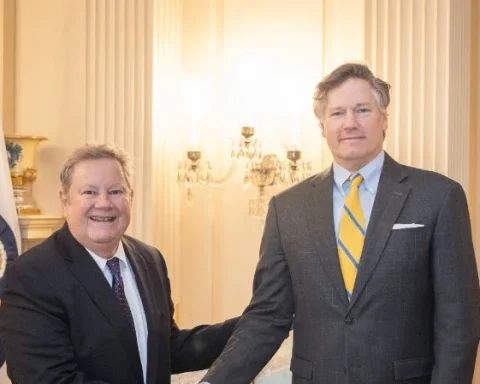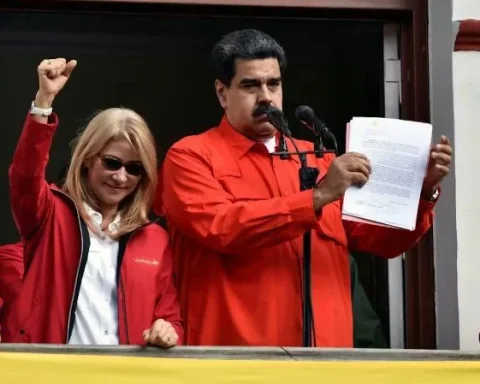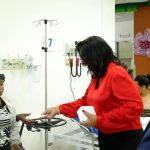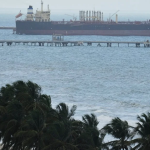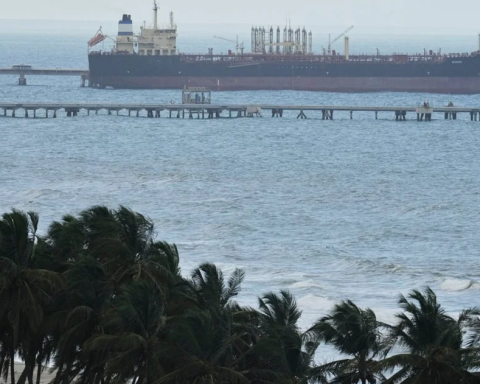US Secretary of State Antony Blinken and the chancellor Bui Thanh Son led the groundbreaking ceremony for a new US embassy in Vietnam on Saturday.
The building, to be built on an area of 39 thousand square meters, will be eight stories high and its cost will be one thousand 200 million dollars. Most of the complex will be built with recycled materials and will be designed to be energy efficient, Blinken said.
Thank you to the wonderful people of Vietnam and the Vietnamese authorities for hosting my first visit as Secretary. More committed than ever to elevating the US-Vietnam Comprehensive Partnership and to working together to promote a free and open Indo-Pacific region. pic.twitter.com/52B75Namys
—Secretary Antony Blinken (@SecBlinken) April 16, 2023
The foundations will be built with basalt stone, available in both Vietnam and the US, and represents strength and stability, while glass and stainless steel panels used on the roof will create an open, aim the middle Viet Nam News.
During the six years of construction, it will guarantee work for some 1,800 local employees and will contribute 350 million dollars to the national economy, the Secretary of State also pointed out.
Blinken alluded to relations with Vietnam, which over the past 27 years have become increasingly close in everything from improving public health to driving the inclusive economy to accelerating the clean energy transition.
He recalled that in 1995, when the then Foreign Minister Warren Christopher inaugurated the building of the US diplomatic mission in Hanoi, he spoke about building a bridge of cooperation between the two countries.
After nearly three decades, we can clearly see that the new embassy building is also the bridge between the two countries, Blinken noted, aforementioned by the news agency Latin Press (PL).
The Secretary of State attributed the realization of this project to the coordination and dedication of many American and Vietnamese diplomats, and stressed that the work shows a great step in strengthening the important association between the two countries and peoples.
Binken paid a two-day visit to Hanoi. During his stay, he held a meeting with Prime Minister Pham Min Chinh, as well as official talks with his peer Bui Thanh Son.
He was also received by the General Secretary of the Communist Party of Vietnam, Nguyen Phu Trong, in what was his last official activity before traveling to Karuizawa, Japan, to attend the G7 Foreign Ministers’ Meeting.
